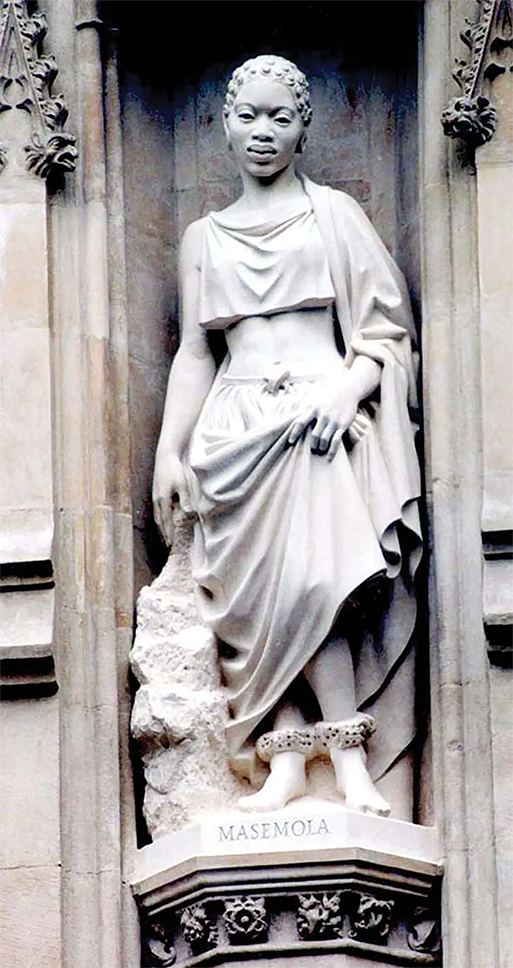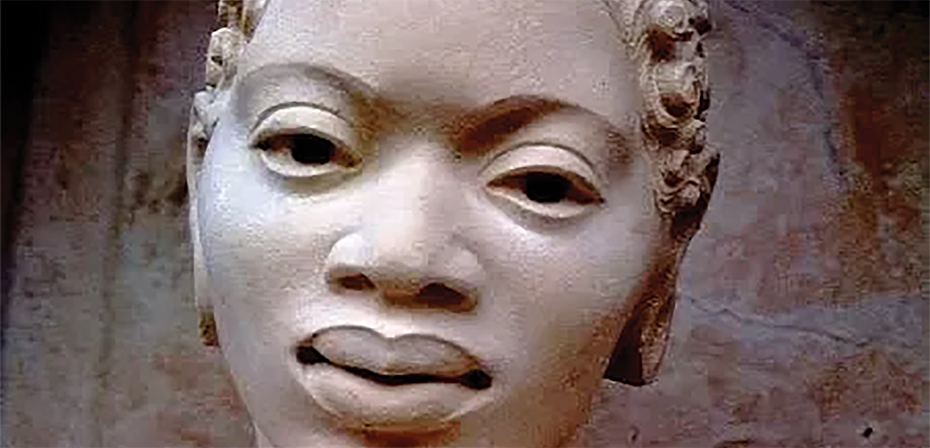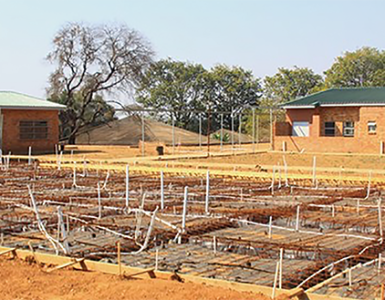MARTYRDOM: Remembering 14-year-old Manche Masemola – a martyr of early Christian faith in South Africa – killed by her parents for converting into the Anglican faith almost a hundred years ago
By Ali Mphaki
Every first Sunday of August the life of a 14-year-old Manche Masemola, who was killed by her own parents for converting to the Anglican Faith in the 1920s, is celebrated or commemorated each year at her grave side in Sekhukhuneland, Limpopo.

The same sombre occasion took place two Sundays ago on August 4, where hundreds of con- gregants and tourism enthusiasts from different parts of the world gathered to celebrate the annual Manche Masemola event held at Ga-Marishane Village.
In further canonising her saintly status, the An- glican Church of Southern Africa also commemo- rates Manche Masemola in its calendar of saints on February 4 each year, as do some other churches in the Anglican communion.
Cathartic and thought-provoking, Manche Masemola story begins in Ga-Marishane village in the sePedi kingdom and ends on the Great West Door of Westminster Abbey, London, UK, where she is one of 10 depicted 20th century martyrs from all over the world.
Born in about 1913, she grew up with her par- ents, two older brothers, a younger sister, Mabule, and a cousin, Lucia. She did not go to school but worked with her family on the land and at home.
Her story is told against the background of the arrival of English and German missionaries in the kingdom. In the tense atmosphere generated by clashes between adherents of the Christian faith and traditional sePedi belief systems, there is un- easy co-existence between the two.
Manche Masemola and a cousin become attracted to the new religion. Her parents warn her against it. She defies them. Beatings follow.
The church gives her “European” clothes to prepare for the baptism ceremony. Her parents burn the clothes. The girl continues her church-going re- gardless of the floggings. She vows to be baptised one day, even if “it’s in her own blood.”
Consummatum est – it is finished. True to fate, they take her to an isolated space in the bushes, one day on or near February 4, 1928, where they hack her to death with a machete and later bury her un- der a small mound of earth on a remote hillside.
Her prophecy had been fulfilled, even though she was never baptized. A few days later her younger sister, Mabule, became ill and then died at the nearby mission hospital. She was buried beside Manche. In remembrance, their father planted euphorbia trees to mark their graves.
In 1935 a little group of Christians made a pil- grimage to the grave. Another followed in 1941; a third in 1949.
In 1969. almost 40 years after Manche’s death, her mother was baptized into the church. In 1975 the name of Manche Masemola was added to the calendar of the Anglican Church of Southern Af-rica. Now, hundreds visit the pilgrimage site every August.
Whilst this is the general recount about the tragic life of Manche Masemola, it has not deterred some of the view that the narrative is shaped more by Christian hagiography than by actual history.
Causing some gnashing of teeth is that most of what is known about Manche Masemola can be found in missionary records – penned by mission- aries themselves – whose attitudes to the Sekhuk- huneland people left much to be desired, as allud-ed to in the South African Anglican Communion newsletter by one Mandy Goedhals.
She writes:”’..although prejudiced against Pedi society and customs, and shaped by piety, give her a name and preserve details of the life of a young woman who would not normally have received much recognition in neither Pedi society or the Christian church”.
Dissing what she describes as some of the crude and uncritical characteristics often associated with missionary writings, Goedhals writes there were two assumptions running through the missionary accounts of Manche Masemola’s life and death.
First, the narratives ignored sePedi history, re- garded their political and social structures as hos-tile to the growth of Christianity, and rejected se-Pedi culture while the benevolence of western rule was taken for granted.
Also, conversion to Christianity was usually equated with the adoption of western norms and standards by local people. Second, the Sekhuk- huneland missionaries identified strongly with the legacy of the early church that endured fierce and prolonged persecution.
“The result of these two tendencies is that Manche, stripped of the cultural context and world- view in which she was brought up, is presented as a stereotype of the faithful Christian who is coura-geous in the face of persecution and obedient unto death. She was thus used by the missionaries to represent an ideal rather than respected as a person holistically,” she posits.
Whilst there could be some merit in the above, for millions of Anglicans and believers in general, Manche Masemola’s story is not just a tale of trag-edy, it is a beacon of unwavering faith and courage.
Though young, uneducated, and surrounded by fear and resistance, she chose to follow Christ boldly, even at the cost of her own life, they say.
Somewhat missing from the narrative is wheth- er anyone was arrested for her murder.
More pertinently is the vexing truth that the older children get, the harder it is for parents to know what it means to protect them.
Even as we enter the tween years in our house- hold, which feels like a far cry from the depths of teen-dom, both child and parents are learning over and over again what it means to negotiate freedom, independence, and choice, says Rev Kit Lonergan, currently serving as priest-in-charge at St James Episcopal in Massachusetts, in his sermon on the life of Manche Masemola delivered on St Manche
Masemola day on February 4, this year. Whilst it is commendable for the young people of today to not wait for perfect conditions to live out their faith, (Be like Manche, they say) the story of Manche Masemola offers families a story of the nebulousness of such negotiation




























